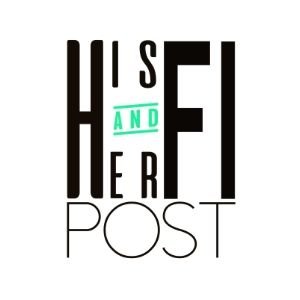Vermont health insurance providers Blue Cross Blue Shield and MVP are requesting significant rate increases for 2026 plans sold on the state marketplace. Blue Cross is seeking an average 23.3% hike for individual plans and 13.7% for small group plans. MVP is asking for 6.2% and 7.5% increases for individual and small group plans respectively.
The insurers cite rapidly rising health care costs as the primary reason for the proposed premium increases. Blue Cross also notes that a substantial portion of their requested hikes, about 7 percentage points, would go towards replenishing cash reserves drained during the Covid-19 pandemic as members sought more care for complex health conditions. Another factor contributing to Blue Cross’s higher rate requests compared to MVP is that Blue Cross’s customer pool tends to be less healthy, as many individuals needing more care gravitate towards their plans, according to spokesperson Sara Teachout.
Premium increases strain Vermont residents
In an effort to mitigate costs, Blue Cross is reducing coverage of popular weight-loss drugs Zepbound and Wegovy on individual and small group plans, while continuing to cover Ozempic for diabetes treatment. Without this change, Teachout states the requested premium hikes would be even higher.
The expiration of expanded federal tax credits that help people afford insurance premiums further complicates the situation. If Congress extends the credits, Vermont insurers project significantly lower premium increases, with Blue Cross’s individual plans seeing a 15.61% increase and MVP’s individual plans potentially decreasing by 0.48%. Mike Fisher, Vermont’s chief health care advocate, emphasizes that health insurance is already unaffordable for many Vermonters even before the proposed rate hikes.
He warns that large increases combined with potentially decreased federal assistance “will be incredibly difficult, or devastating, for many Vermonters and Vermont small businesses.”
The Green Mountain Care Board, the state health care regulator, will review the rate requests in public hearings scheduled for July. If approved, these increases would follow similar double-digit rate hikes from the previous year, resulting in customers potentially paying over a third more than they did just two years ago.

